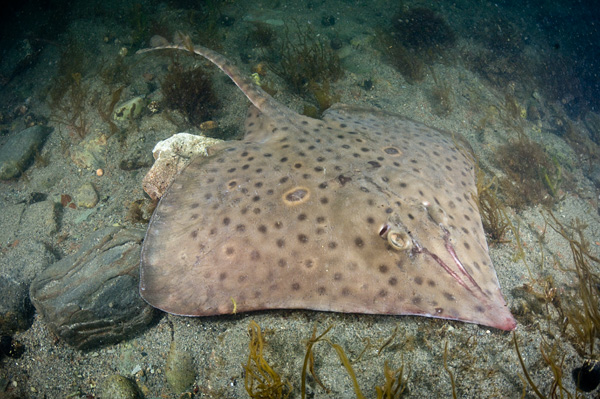|
|
|
SHARK INFO |
|
SHARK |
|
SHARK EVOLUTION |
|
|
|
SHARK DIVING |
|
SHARK DIVING 101 |
|
|
|
CONSERVATION |
|
|
|
PHOTOGRAPHY |
|
SHARK PHOTO TIPS |
|
|
|
RESOURCES |
|
|
|
WEB STUFF |
|
WHAT IS ELASMODIVER? Not just a huge collection of Shark Pictures: Elasmodiver.com contains images of sharks, skates, rays, and a few chimaera's from around the world. Elasmodiver began as a simple web based shark field guide to help divers find the best places to encounter the different species of sharks and rays that live in shallow water but it has slowly evolved into a much larger project containing information on all aspects of shark diving and shark photography. There are now more than 10,000 shark pictures and sections on shark evolution, biology, and conservation. There is a large library of reviewed shark books, a constantly updated shark taxonomy page, a monster list of shark links, and deeper in the site there are numerous articles and stories about shark encounters. Elasmodiver is now so difficult to check for updates, that new information and pictures are listed on an Elasmodiver Updates Page that can be accessed here:
|
|
_ |
BARNDOOR SKATE |
|
Barndoor Skate View all available Barndoor Skate Pictures in the shark picture database Barndoor skate, barn-door skate.
Latin Name: Dipturus laevis
Family: Rajidae
Identification: Disc width considerably greater than disc length. Tail shorter than disc. Anterior edges of pectoral fins concave with indistinct convexity level with head. Posterior edges of pectoral fins broadly convex. Snout pointed. Dorsum light brown with darker, evenly scattered, round spots. One dark ocelli ringed with yellowish tan may be visible on each wing. Spots occasionally less uniform and ringed with pale lines that form a reticulated pattern over the entire disc. Distinct, paired, converging lines of reddish brown rostral cartilage on snout. No line of thorns (enlarged dermal denticles) along midline of back. Three rows of thorns on tail. Ventrum off white fading to lavender/grey at margins.
Size: Maximum length 152cm
Habitat: The barndoor skate inhabits sandy, gravel and mud bottoms from inshore to 430m but there are records from as deep as 1600m.
Abundance and distribution: North western Atlantic Ocean from the Grand Banks and St Lawrence River in Canada to North Carolina. Catch records from the Labrador shelf indicate that the barndoor's range may be considerably larger than previously thought.
Diet: Bivalves, squids, lobsters, shrimps, worms and benthic fishes.
Behavior: poorly known.
Reproduction: Oviparous. egg cases deposited on sand and mud flats. A captive female barndoor skate at the Montreal Biodome laid 115 egg cases in 2007. Hatching occurred throughout the year. Incubation took between 342 and 494 days. The emerging skates averaged 193 mm in length (128 mm disk width) and weighed 32 g.
Vulnerability: The barndoor skate is considered endangered by the IUCN. Although this species is not the focus of a directed fishery it is regularly caught in trawling/dredging operations targeting deep sea fishes, scallops and squid among other species. Catch rates in US waters declined by a staggering 96 to 99% between 1960 and 1990. NOAA catch data suggests that the species is now recovering and is no longer over fished. It remains vulnerable to depletion if managed incorrectly.
Photographs: Kings Beach, Rhode Island. Specimen released from bycatch collected while trawling for squid. Images were made possible through the kind cooperation of Brian Raymond.
Similar species: There are a number of other skates inhabiting this region. Identification in the field is easiest by noting the barndoor skate's unique body shape (smoothly concave leading edges of the disc which is wider than long) combined with its pattern of dark evenly spaced black spots. Note however that the barndoor's markings can be variable as illustrated by the image below:
Image courtesy of Brian Raymond
Reaction to divers: Swims away when closely approached.
Diving logistics: The barndoor skate generally inhabits depths exceeding normal diving limits. On rare occasions this skate has been seen at dive sites in Eastern Canada. There is also an unconfirmed report of a barndoor showing up at Back Beach near Rockport, Cape Anne, Massachusetts.
Other diving locations:
Further reading: http://www.fishbase.com http://www.nefsc.noaa.gov/sos/spsyn/op/skate/ |























